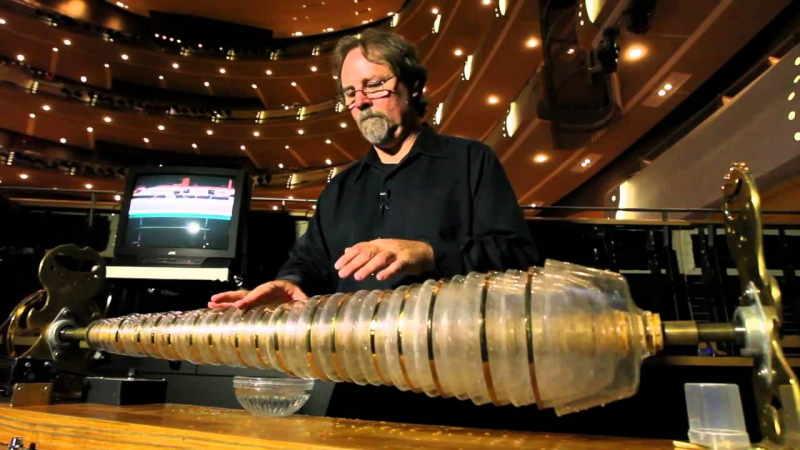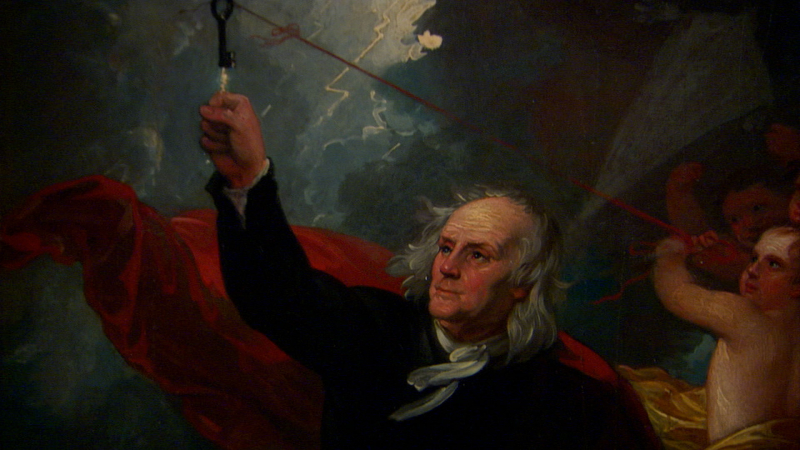Franklin designed a musical instrument used by Mozart and Beethoven
The word Armonica is derived from the Greek word "armionica" meaning harmony. The instrument is also called as harmonica because of its capability to produce multiple sounds that are pleasing to hear. The Glass Armonica uses a series of glass bowls of different sizes that produce sounds of different frequencies when subjected to friction. Hence these types of musical instruments are also classified as friction idiophones. You may also call this musical instrument with other names like the glass harmonica, glass harmonium, bowl organ, hydrocrystalophone, or simply the harmonica or harmonica.
The "glass armonica," one of Franklin's more bizarre creations, is a device meant to mimic the strange sound that a wet finger makes when brushed along a glass' rim. He had 37 glass orbs of various sizes and pitches manufactured by a London glassmaker for his initial prototype, which he set on a spindle turned by a foot pedal. This was done in 1761. The user would merely moisten their fingertips, rotate the device, and then touch the individual glass pieces to produce distinct tones or melodies. Throughout the 18th and early 19th centuries, the armonica would develop a sizable following. Numerous were produced, and famous composers like Mozart, Beethoven, and Strauss all wrote music for them. Franklin would later write that, “Of all my inventions, the glass armonica has given me the greatest personal satisfaction.”











